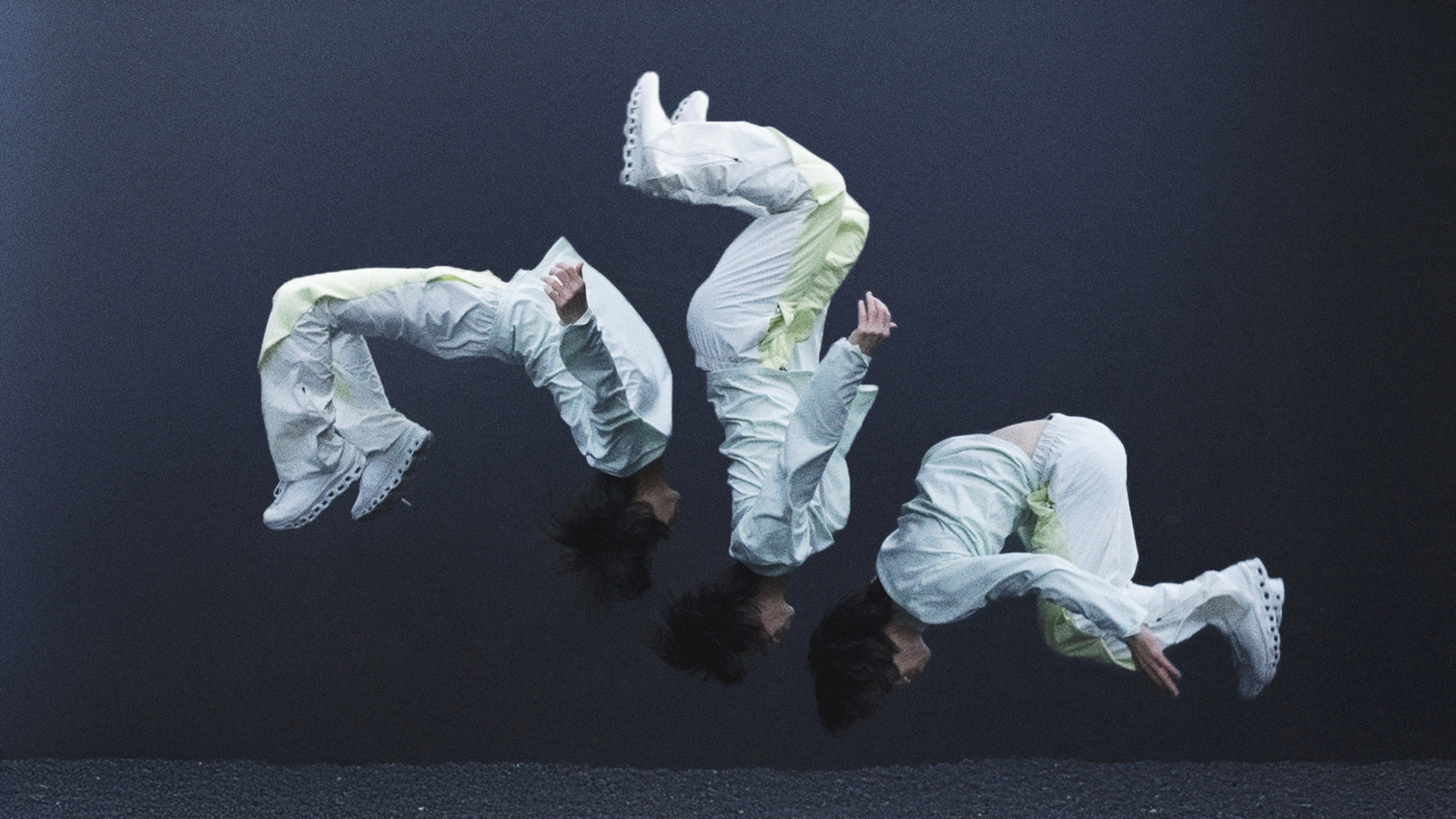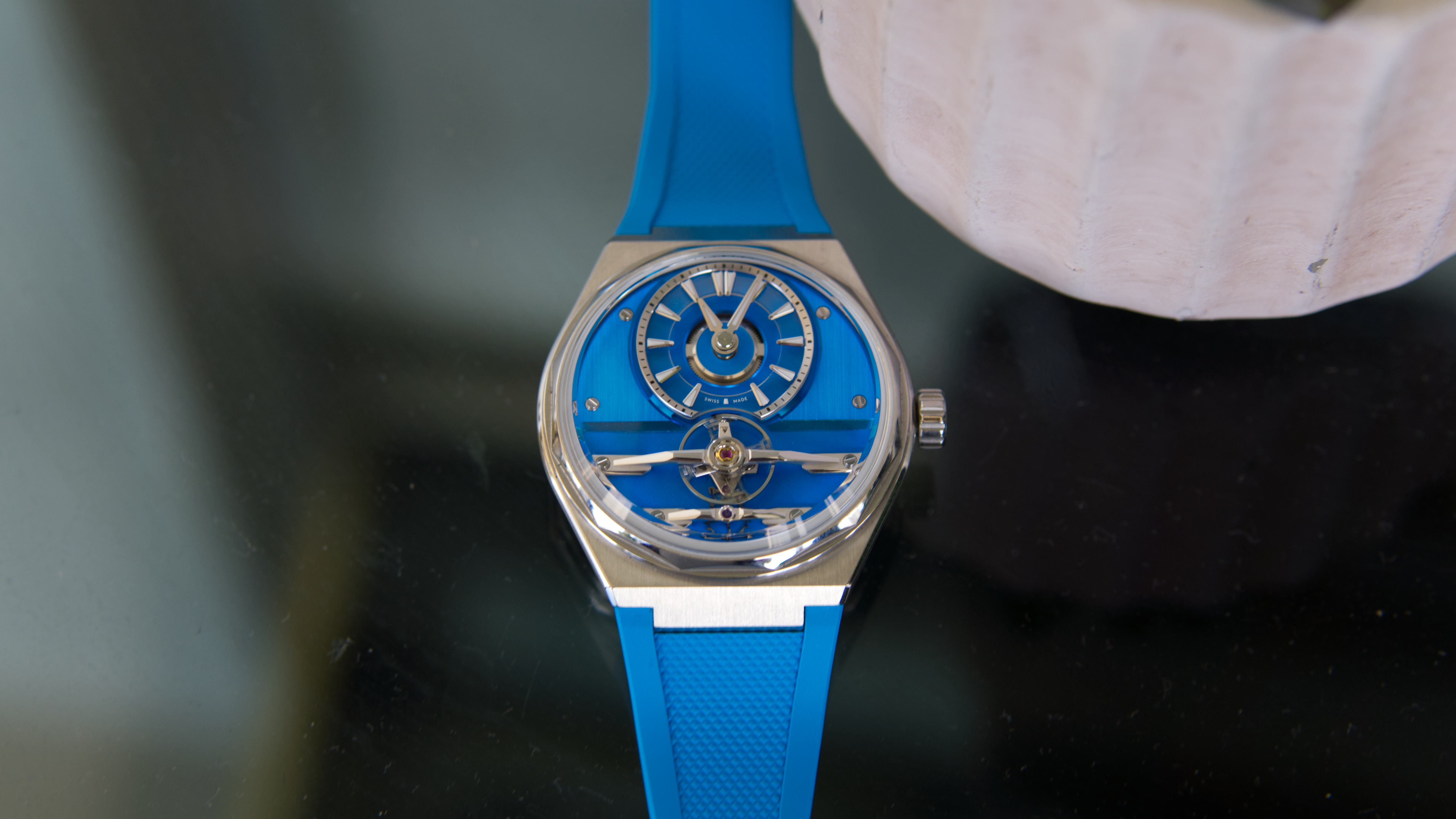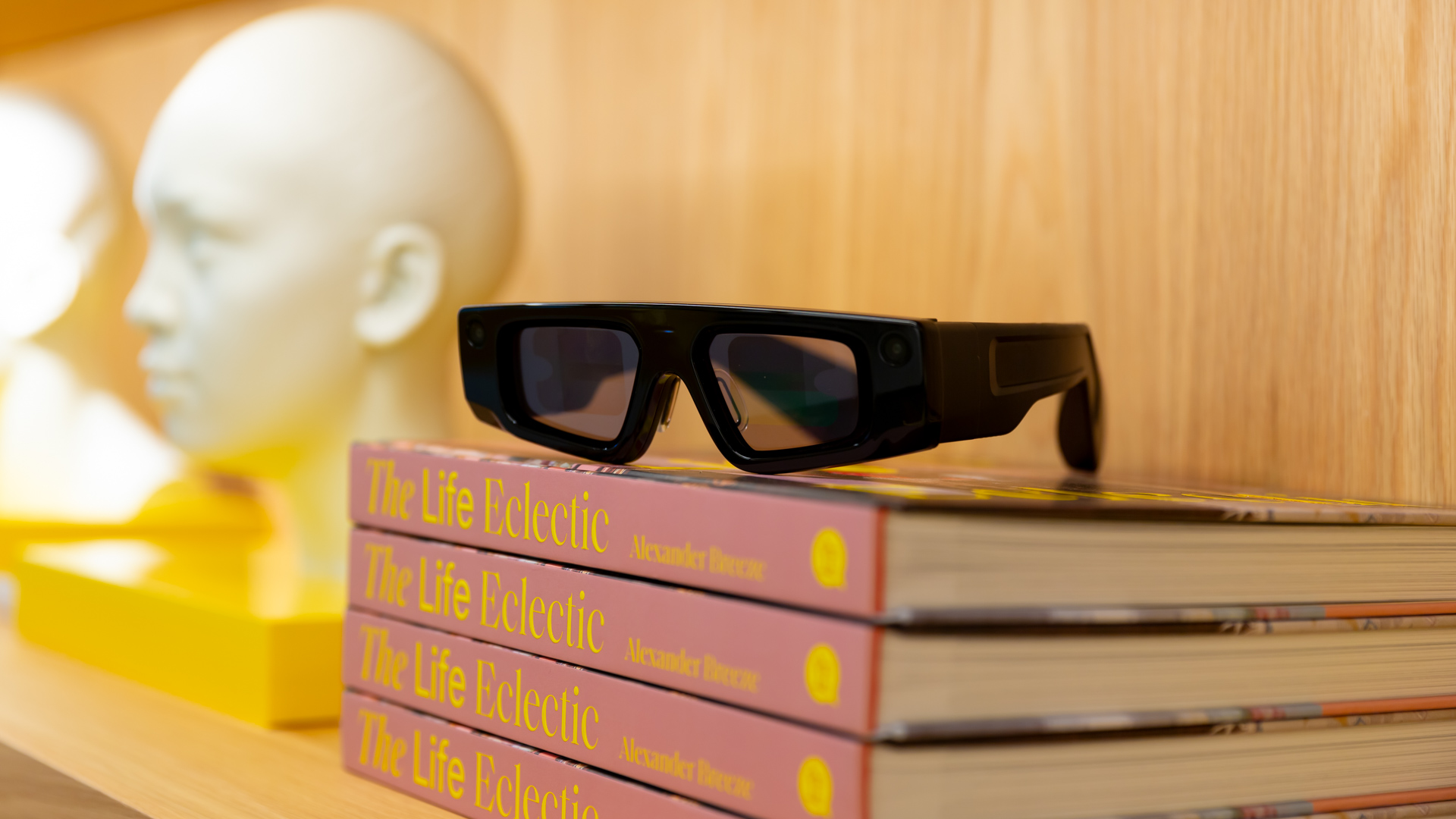

When I first encountered a pair of Snap Spectacles around eight or so years ago, they featured little more than a camera set into the frame. It could take photos and video, which were sent to your phone for posting on, well, Snapchat, but little else.
There were no augmented or mixed reality capabilities – not even the audio-centric talents sported by the Ray-Ban Meta glasses today – and as they also featured bright yellow circles around each lens, I, like many others, dismissed them as a gimmick.
Rightly or wrongly, cynicism was tempered by the fact they came from a social network aimed at a younger, trendier audience. Surely the future of AR could never come from such a source?
Fast forward and my opinion has dramatically changed – not least because the tech has too.
For me, Snap Inc is now leading the way in the development of true AR smart glasses – ones that offer a heads-up display in the lenses, while also seeming to be normal(ish) to the outside world. And, while Meta is close behind with its Project Orion pair, the fifth-gen Spectacles are already walking the walk.


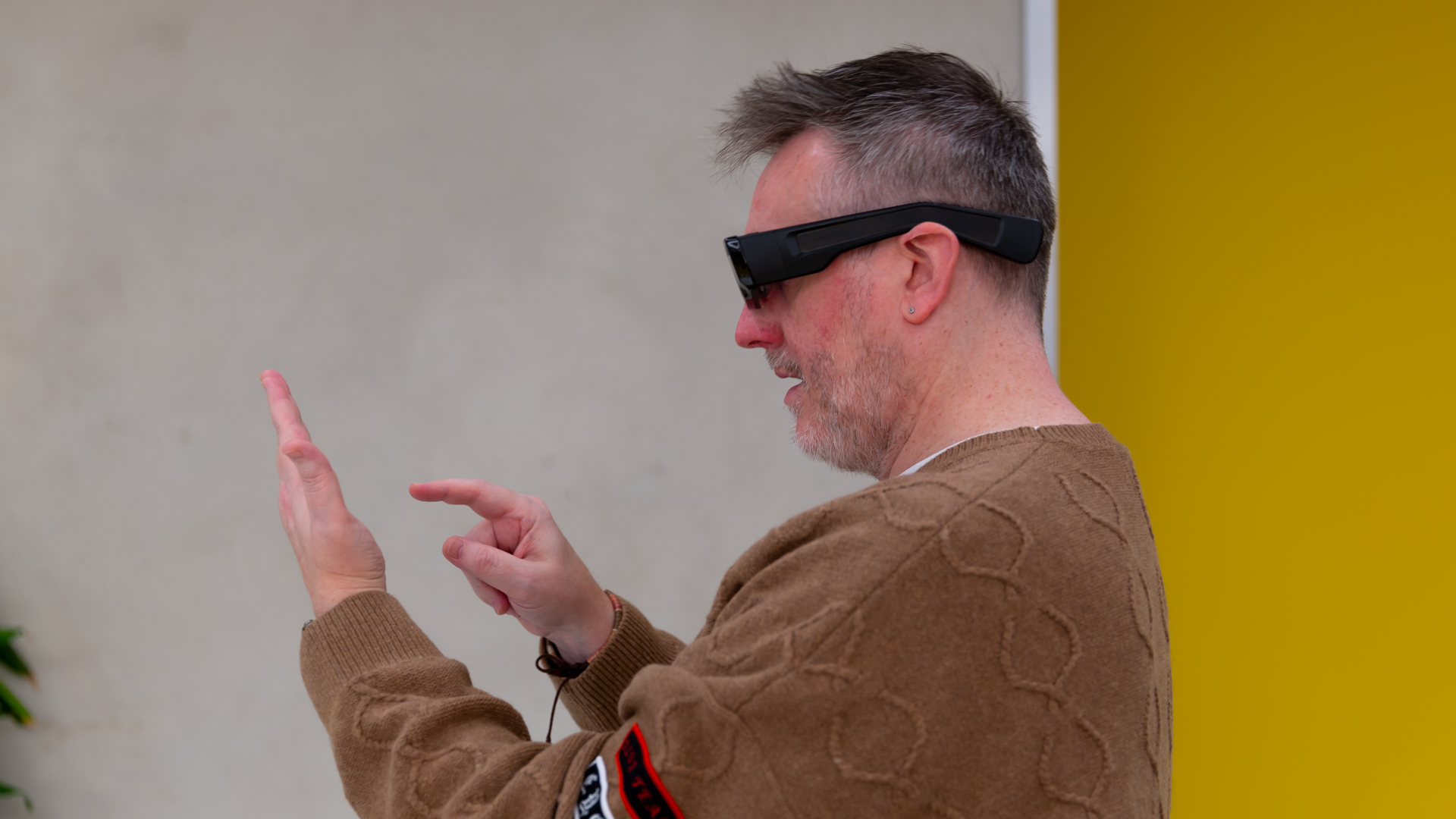
I was invited to the London headquarters of Snapchat to try out the latest Snap Spectacles 5, which it has recently started to hand out to developers. Slightly clunky but still light and comfortable, they do not require connection to a phone or separate device to run – everything is built into the frames. I left very impressed.
Andreas Müller, Snap's AR engineering manager, took me through several demos and explained the different tech aspects of the glasses, even joining me in a two-person virtual space at one point.
Sign up to the T3 newsletter for smarter living straight to your inbox
Get all the latest news, reviews, deals and buying guides on gorgeous tech, home and active products from the T3 experts
The fifth-gen Specs have some impressive, erm, specs. They use liquid crystal on silicon miniature projectors to present mixed reality experiences in the lenses, and each eye has a 46-degree field of view. There's a resolution of 37 pixels per degree, which results in a much crisper image than you'd expect, while latency is kept down to just 13ms. The displays are capable of refreshing at 120Hz.
In all honesty, the field of view, while impressive, was a touch limited. The experience doesn't exactly fill your entire vision, rather sit in what seems to be a box with cut off points left and right. However, it's vastly improved in comparison with other AR demos I've had before, such as in Microsoft's since cancelled HoloLens.
Playing with a virtual pet in Niantic's Peridot worked well as long as you looked at the pet itself and didn't move your head too much. The Pokémon Go developer is one of the studios on board with the project and its undoubted experience in augmented reality will be invaluable going forward.
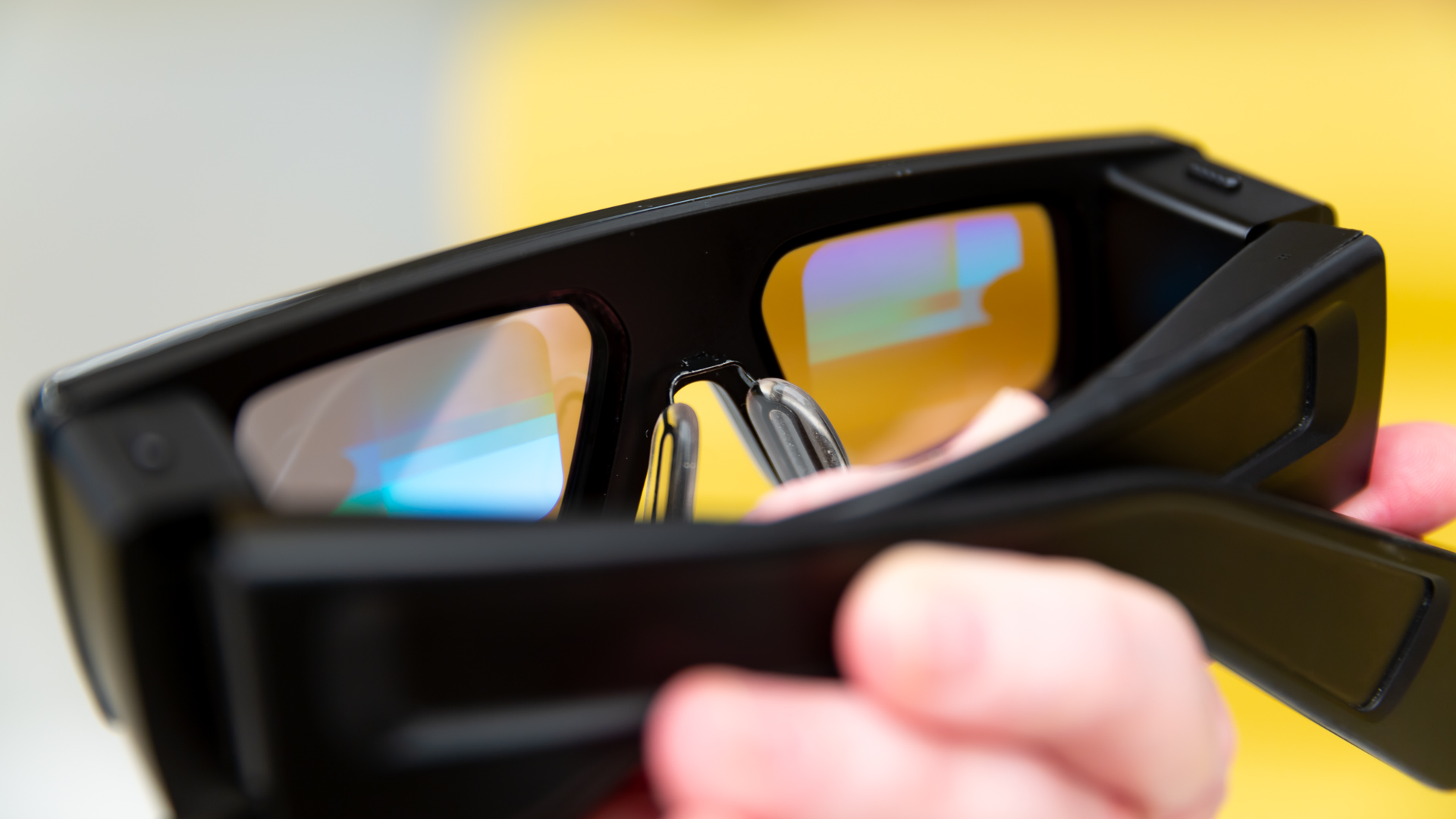
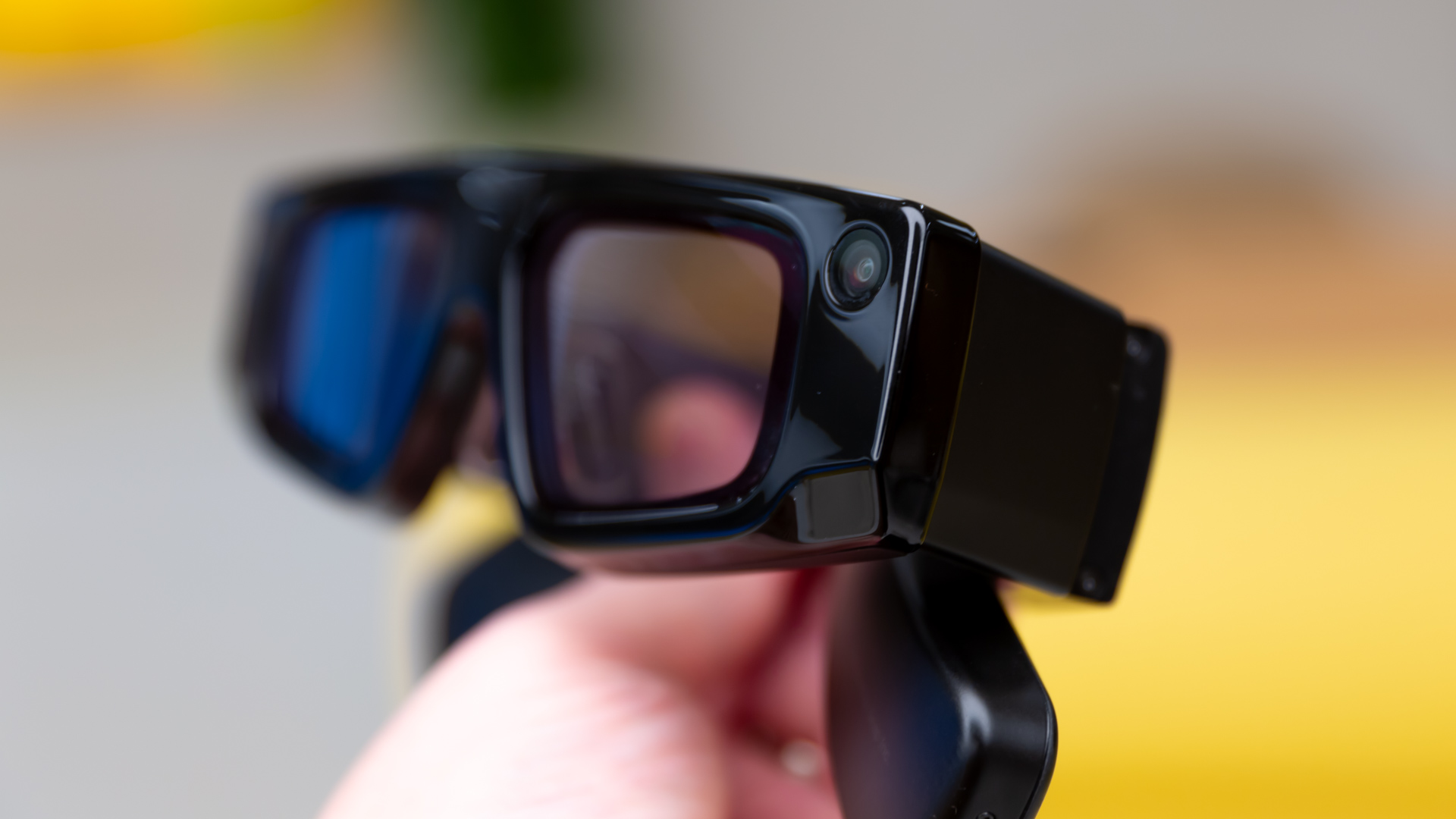
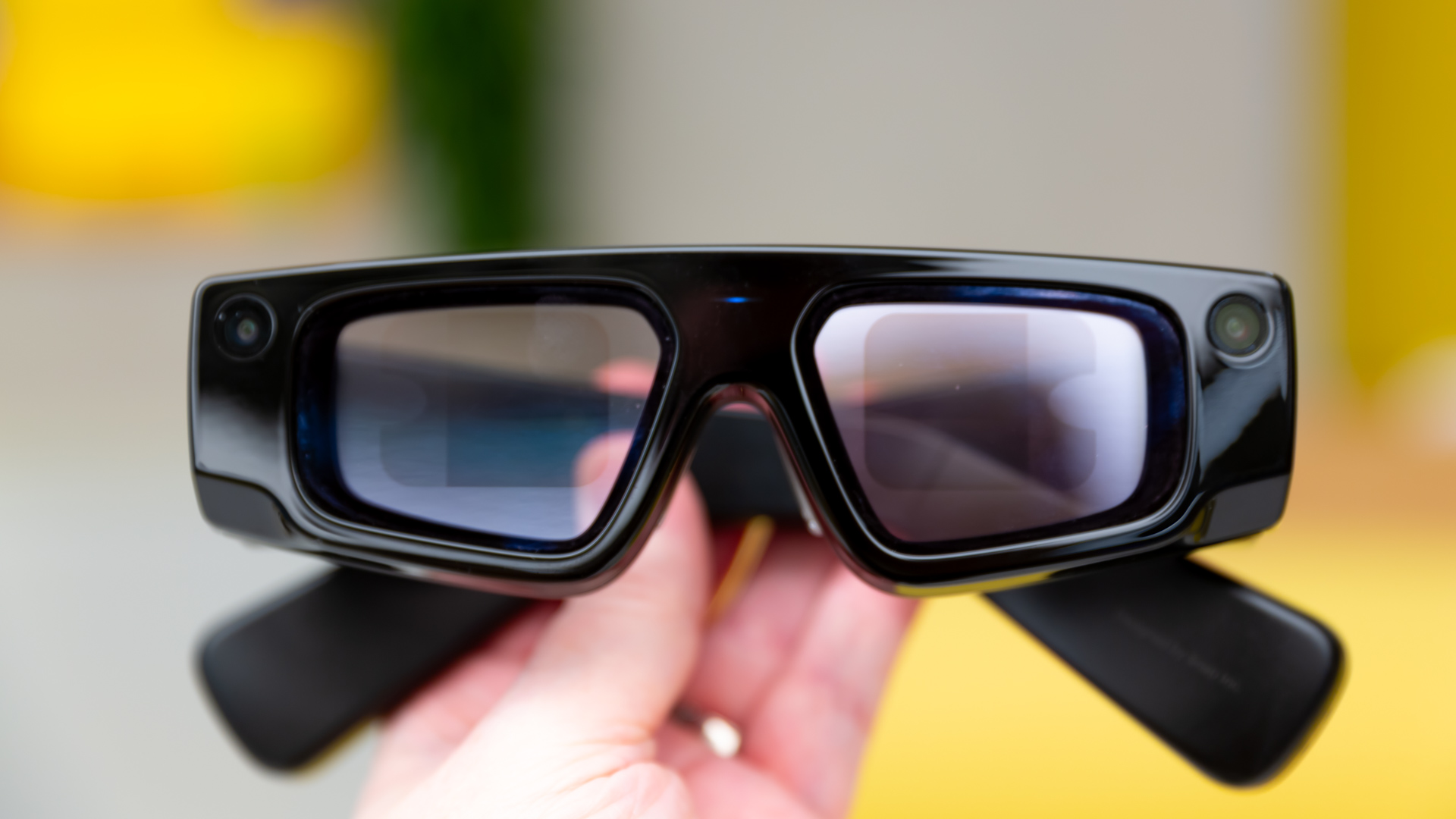
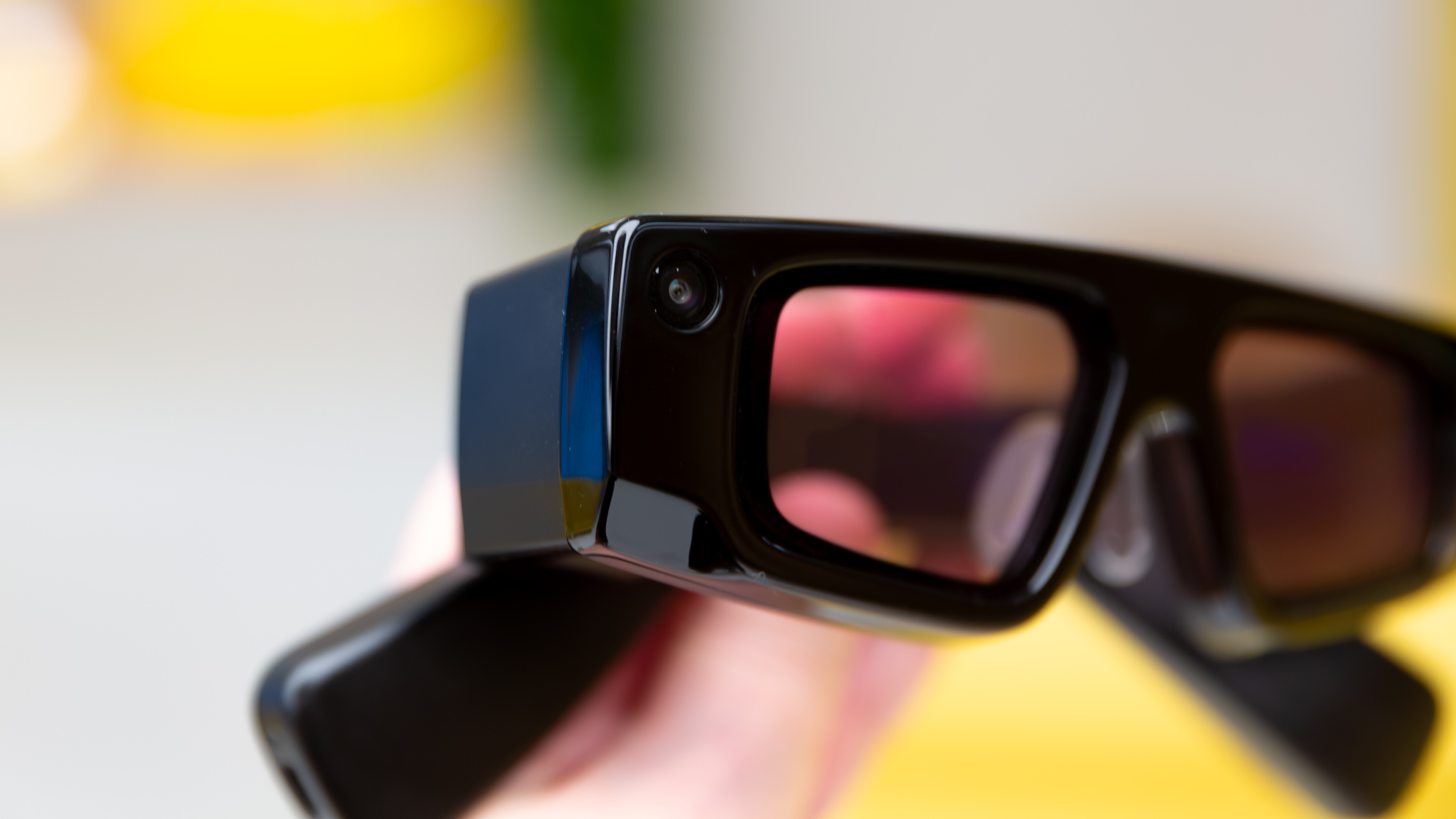
That's not least because it holds one of the world's biggest databases on locations and landmarks, thanks to its numerous mobile AR games. And this is where I think the Snap Spectacles and other smart glasses will really come into their own.
As fun as standing in a room playing with a virtual paint box is – especially when your own hand becomes a touch screen thanks to intelligent gesture controls – navigation and object recognition are genuine examples of how light, everyday AR specs can improve our lives.
For me, this generation of Snap Spectacles is capable of providing directions when walking around major cities, or information on buildings and points of interest. Imagine being able to ask where the nearest kebab shop is and it guides you there by arrows and markers. Maybe that's just me, but it gives you an idea of how it could actually prove of use.
They're not quite as svelte as I'd like if I was to wear them out and about for long, and the current battery life of just 45 minutes would be restrictive anyway, but the potential is most certainly there.
The opportunity for other use cases is enormous, too, with the high-resolution colour and infrared cameras in the frames, gesture recognition, and internal motion sensors all offering all manner of possibilities. I feel like my session with them only scratched the surface.

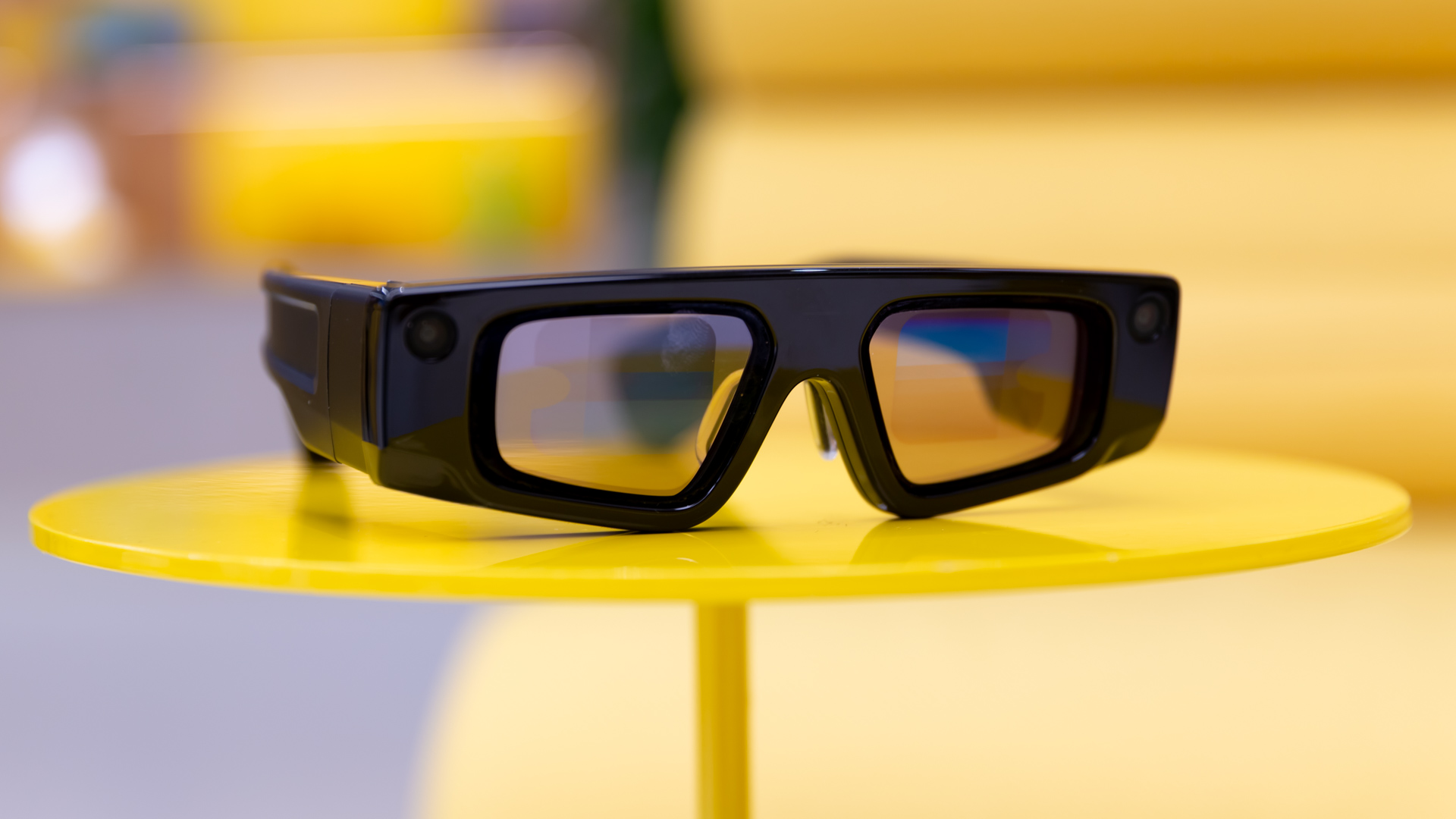
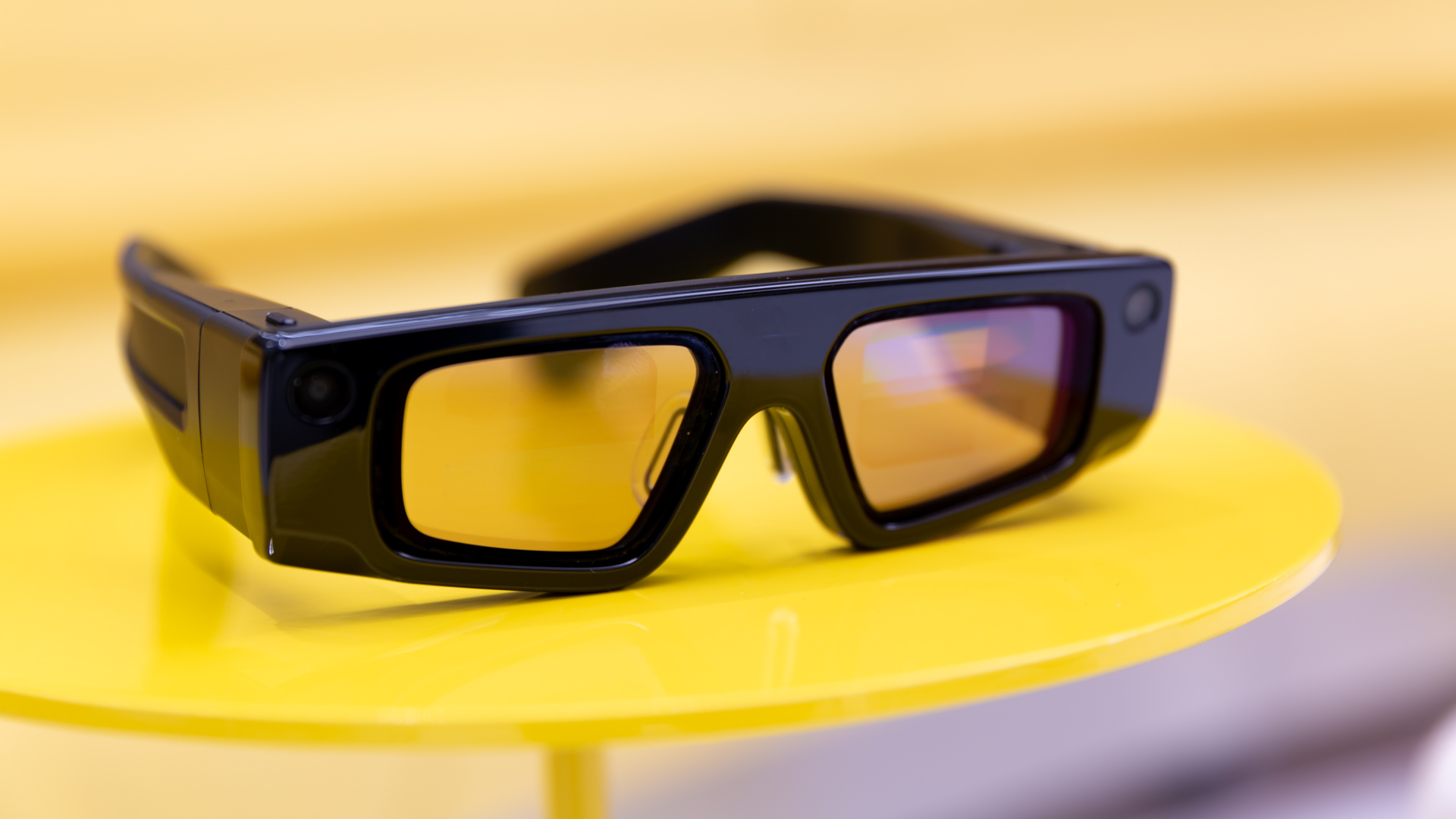
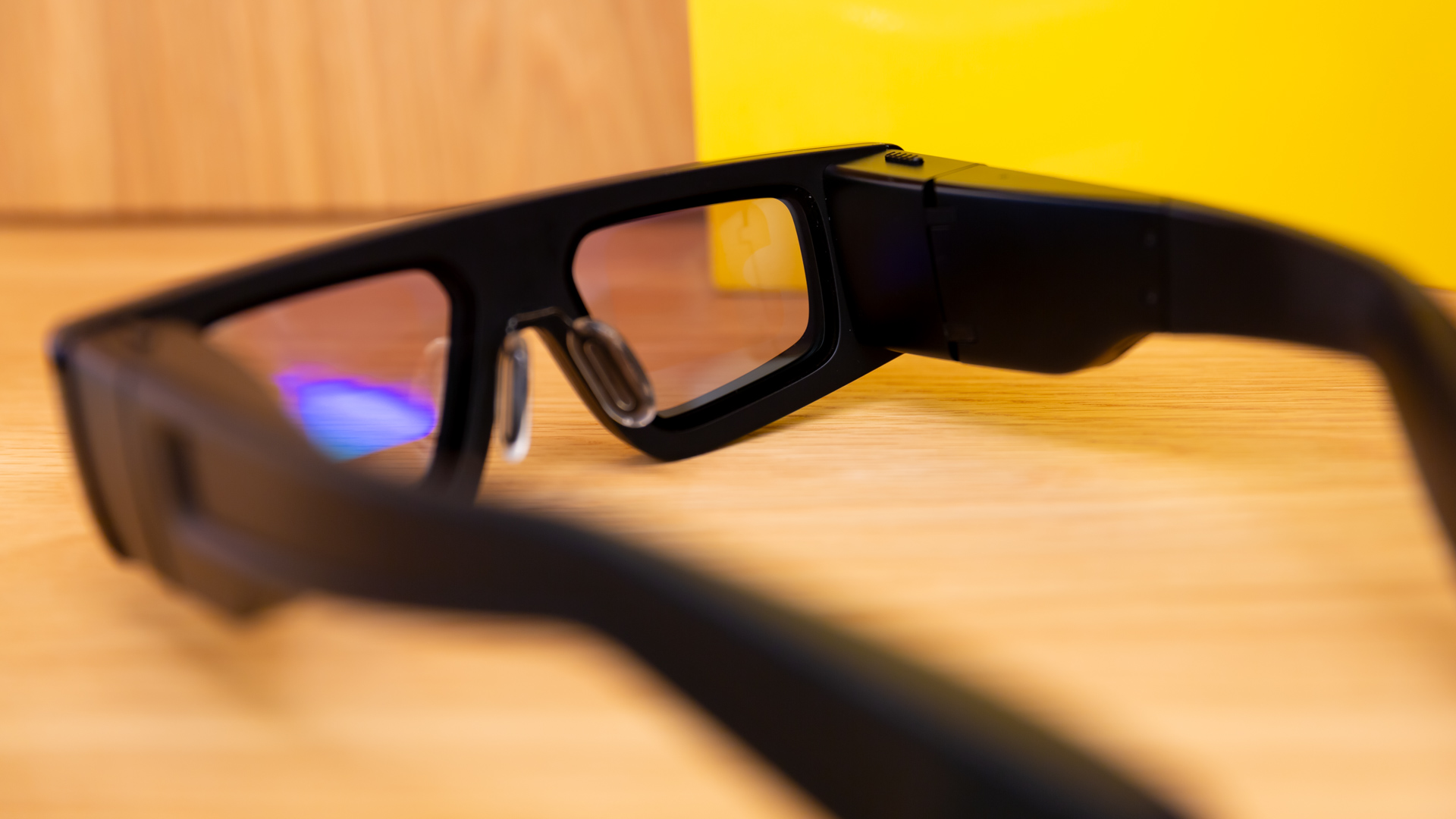
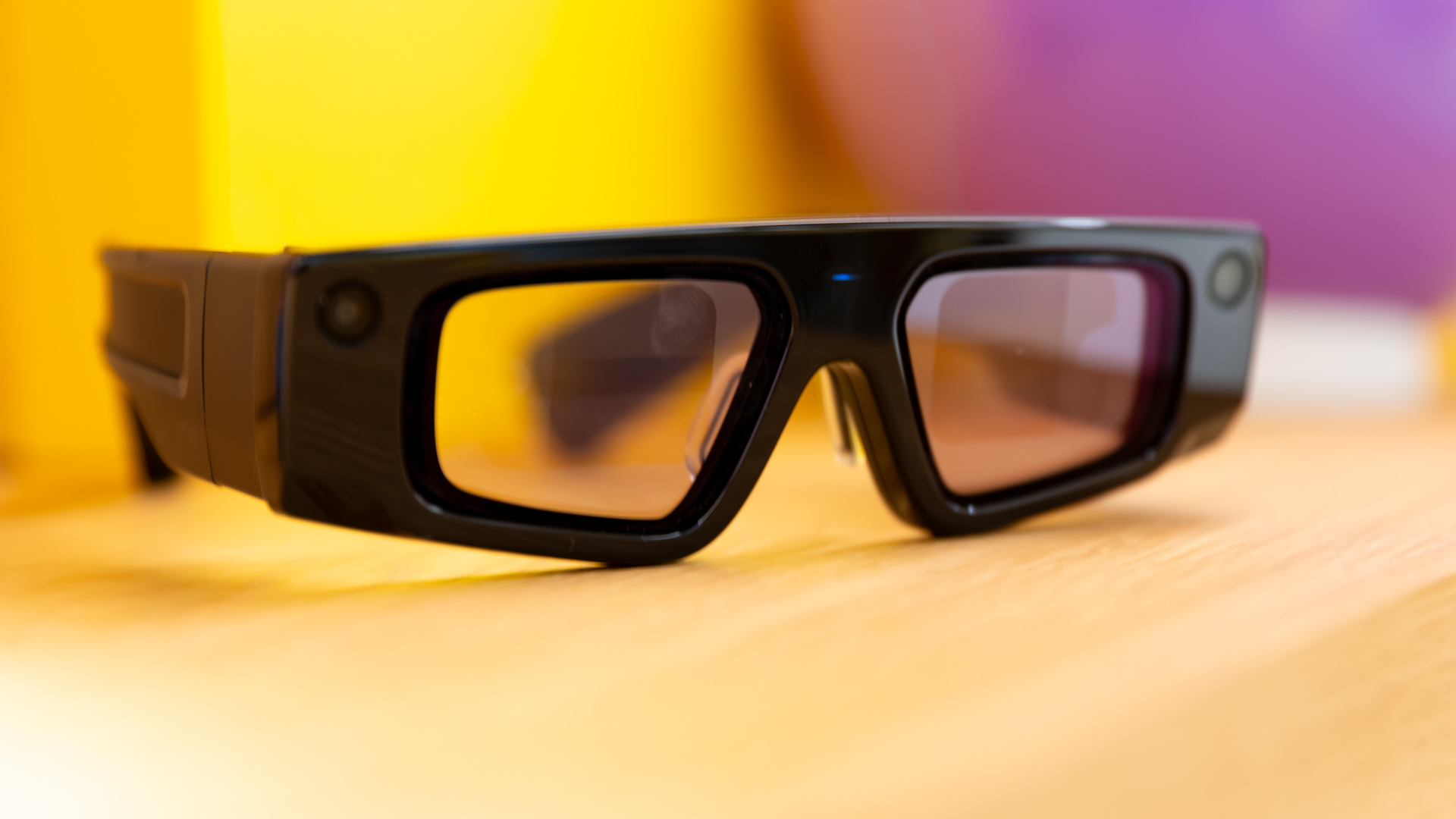
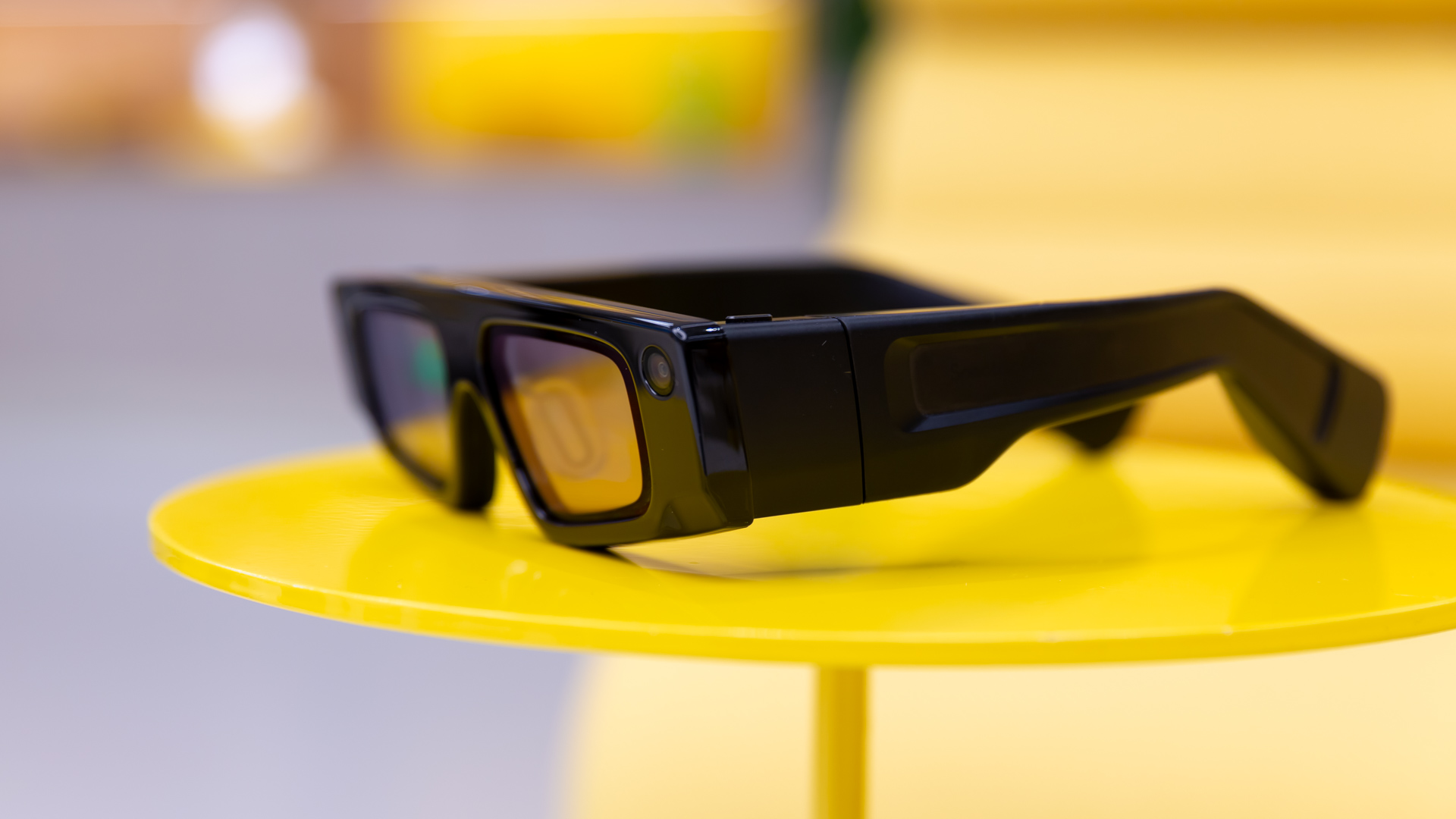
That's essentially why Snap Inc is dishing these glasses to developers first and foremost, to discover the kind of games, experiences and utilities they can conjure up. It's largely what differentiates the project from others – Snap already has a vast network of creators to provide Lenses and applications ahead of a full, consumer release.
And when it does, my demo time with the current Spectacles gave me the distinct impression that they'll be able to hit the ground running – with enough third-party software support to make it worthwhile, plus better battery life and a lighter build. After all, we're on the fifth generation here, while Meta is on the first rung of the ladder with Project Orion.
Pricing will be important too. The fifth-gen Spectacles are available to Lens developers now, for a price of $99 / €110 per month on a minimum 12-month subscription. We don't yet know how much Meta plans to charge for its smart glasses, but even the developer Specs are cheaper than Apple Vision Pro (over the 12-months). That's a great sign for a consumer release, for sure.
Just one idea though, let's leave off the yellow flourishes this time, eh Snap?

Rik is T3’s news editor, which means he looks after the news team and the up-to-the-minute coverage of all the hottest gadgets and products you’ll definitely want to read about. And, with more than 35 years of experience in tech and entertainment journalism, including editing and writing for numerous websites, magazines, and newspapers, he’s always got an eye on the next big thing.
Rik also has extensive knowledge of AV, TV streaming and smart home kit, plus just about everything to do with games since the late 80s. Prior to T3, he spent 13 years at Pocket-lint heading up its news team, and was a TV producer and presenter on such shows as Channel 4's GamesMaster, plus Sky's Games World, Game Over, and Virtual World of Sport.
